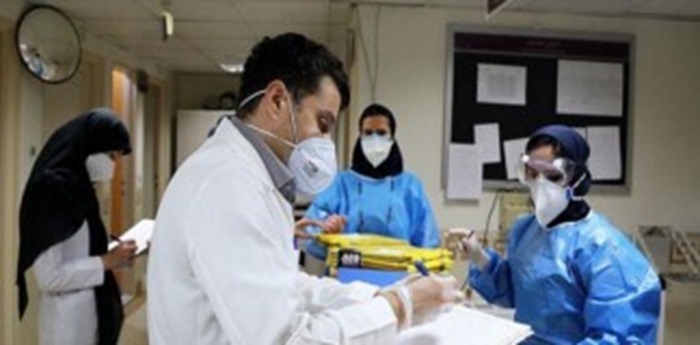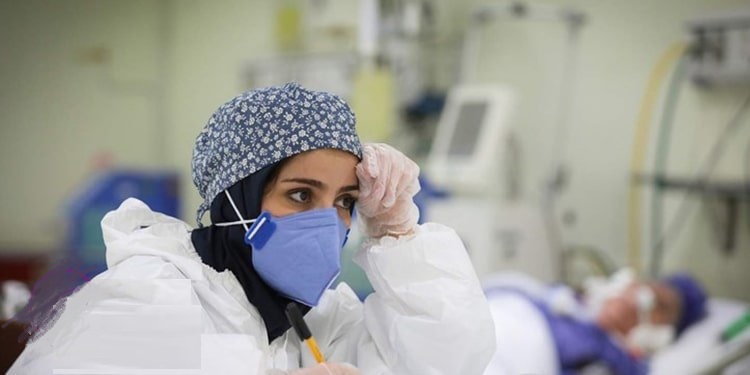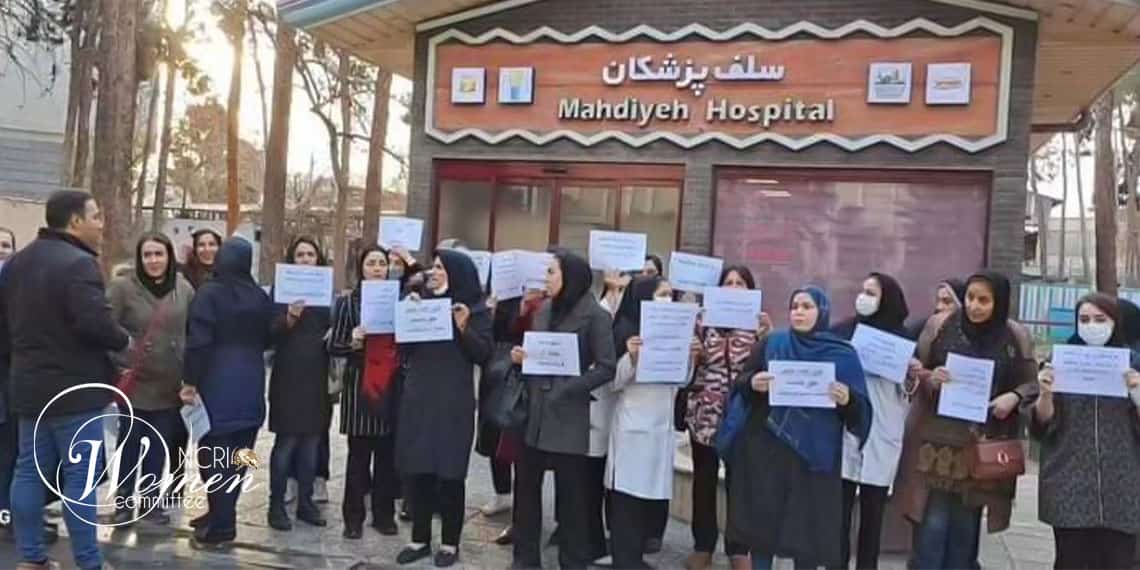

Mohammad Raiszadeh, the head of Iran’s Medical Council, recently announced a consequential 46% increase in the tariff for medical services, approved by the Supreme Council of Insurance, amidst these growing difficulties.
This announcement gains importance against the backdrop of a modest 20% maximum salary increase for Iranian workers, employees, and retirees in 2024. The medical community’s plight is further exacerbated by this disparity, despite the tariff for diagnostic and treatment services having already risen by 25% in 2023 and 19.5% the previous year. Raiszadeh urged the government to endorse the medical tariff hike, highlighting the additional strain on the Iranian medical community due to the existing rates.
Iran’s healthcare sector has been facing numerous economic challenges, leading to increased protests and union sit-ins. A significant exodus of experienced medical staff from hospitals and a rise in the emigration of doctors and healthcare professionals have been observed.

The economic struggles extend beyond the healthcare professionals to the general population. The substantial growth of poverty in Iran, coupled with an inflation rate often three to four times higher than salary increases, has left many unable to afford necessary medical treatments. For instance, the chairman of the board of directors of the Iranian dental society reported a tripling of tooth decay among Iranians due to poverty, with many only seeking dental care when absolutely necessary.
The heads of major hospitals and the Chairman of the Health Commission of the regime’s parliament have also issued warnings about the rapid migration of specialist doctors and nurses, alongside the departure of medical professionals from government medical centers.

The 46% increase in tariffs for diagnostic and therapeutic services for 2024, approved by the majority in a council meeting, reflects an attempt to address these growing concerns. However, this hike also raises concerns about the affordability of healthcare for the average Iranian, especially if the preferential exchange rate for medical services (excluding medicine) is released, potentially leading to further increases in the prices of medical consumables and services.

MEK Iran (follow us on Twitter and Facebook), Maryam Rajavi’s on her site, Twitter & Facebook, NCRI (Twitter & Facebook), and People’s Mojahedin Organization of Iran – MEK IRAN – YouTu







